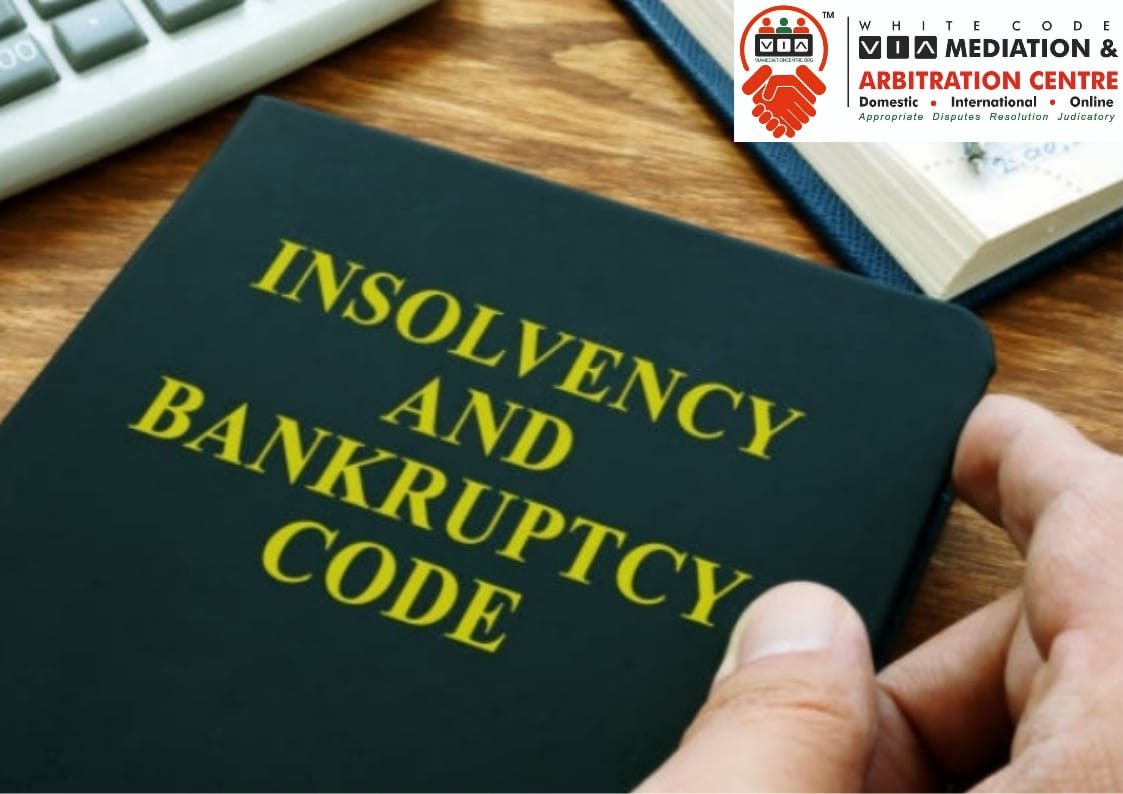Latest News
EU's Coordinated Withdrawal from the Energy Charter Treaty: Implications and Future Prospects

EU's Coordinated Withdrawal from the Energy Charter Treaty: Implications and Future Prospects
Introduction:
On June 26, 2024, 26 EU Member States, along with the EU, signed the Majority ECT Declaration, aiming to disapply the Energy Charter Treaty (ECT) for intra-EU arbitrations. The following day, the EU and Euratom formally withdrew from the ECT. Hungary, the 27th EU Member State, issued a separate declaration emphasizing the need for adherence to the Vienna Convention on the Law of Treaties (VCLT). This article explores the content and implications of these declarations and their potential effects on intra-EU arbitrations.
Background:
Over the past three decades, the ECT has been a frequently litigated investment treaty, particularly involving EU investors against EU Member States under the ICSID Rules. The European Commission has argued that the ECT was not meant to apply between EU Member States, a stance reinforced by the CJEU's 2018 Achmea judgment and its 2021 Komstroy judgment. Despite these developments, ICSID tribunals have continued to accept jurisdiction over intra-EU ECT disputes.
Majority ECT Declaration:
The Majority ECT Declaration aims to nullify the ECT's applicability to intra-EU disputes, both pending and future. It asserts that Article 26 ECT “cannot and never could serve as a legal basis for intra-EU arbitration proceedings” and that Article 47(3) ECT does not extend to such proceedings. However, the declaration does not cite a legal basis under the VCLT, raising questions about its validity under public international law.
Legal Challenges:
For an agreement on the interpretation of a multilateral treaty to be valid under Article 31 VCLT, all contracting parties must be involved. The Majority ECT Declaration lacks participation from all ECT contracting parties and even from all EU Member States, as Hungary did not adhere. Moreover, such an interpretation cannot modify or cancel a treaty provision, which is what the Majority ECT Declaration seeks to do. Tribunals have previously held that agreements under Article 31 VCLT cannot invalidate treaty provisions, and this stance is likely to continue.
Hungary ECT Declaration:
Hungary's separate declaration seeks to reconcile EU law with public international law, emphasizing adherence to the VCLT. It proposes that Article 26(2)(c) ECT be interpreted to exclude intra-EU arbitrations in compliance with international law, preferably through adopting the modernized ECT. Unlike the Majority ECT Declaration, Hungary’s declaration does not address pending arbitrations but focuses on future disputes.
EU Withdrawal from the ECT:
Following the Majority ECT Declaration, the EU and Euratom's withdrawal from the ECT will take effect one year after notification, with the treaty continuing to apply for another 20 years to existing investments. The effectiveness of the Majority ECT Declaration in preventing future intra-EU claims under the ECT’s survival clause remains uncertain.
Conclusion:
While the Komstroy judgment is effective within EU law, its implementation in the realm of public international law, where intra-EU ECT tribunals operate, requires compliance with the VCLT. The Majority ECT Declaration aims to disapply the ECT in both pending and future intra-EU arbitrations but faces legal challenges under the VCLT. Hungary’s declaration takes a more cautious approach, emphasizing future compliance with international law principles. The path forward remains unclear without the adoption of the modernized ECT, leaving the fate of intra-EU ECT arbitrations in a legal grey area between EU law and multilateral treaty obligations.
- The Majority ECT Declaration aims to nullify the ECT's applicability to intra-EU disputes, both pending and future.
- However, the declaration does not cite a legal basis under the VCLT, raising questions about its validity under public international law.
- The Majority ECT Declaration lacks participation from all ECT contracting parties and even from all EU Member States, as Hungary did not adhere.




































































































































































































































































































































































































































































































































































































































































































































































































































































































































































































































































































































































































































































































































































































































































































































































































































